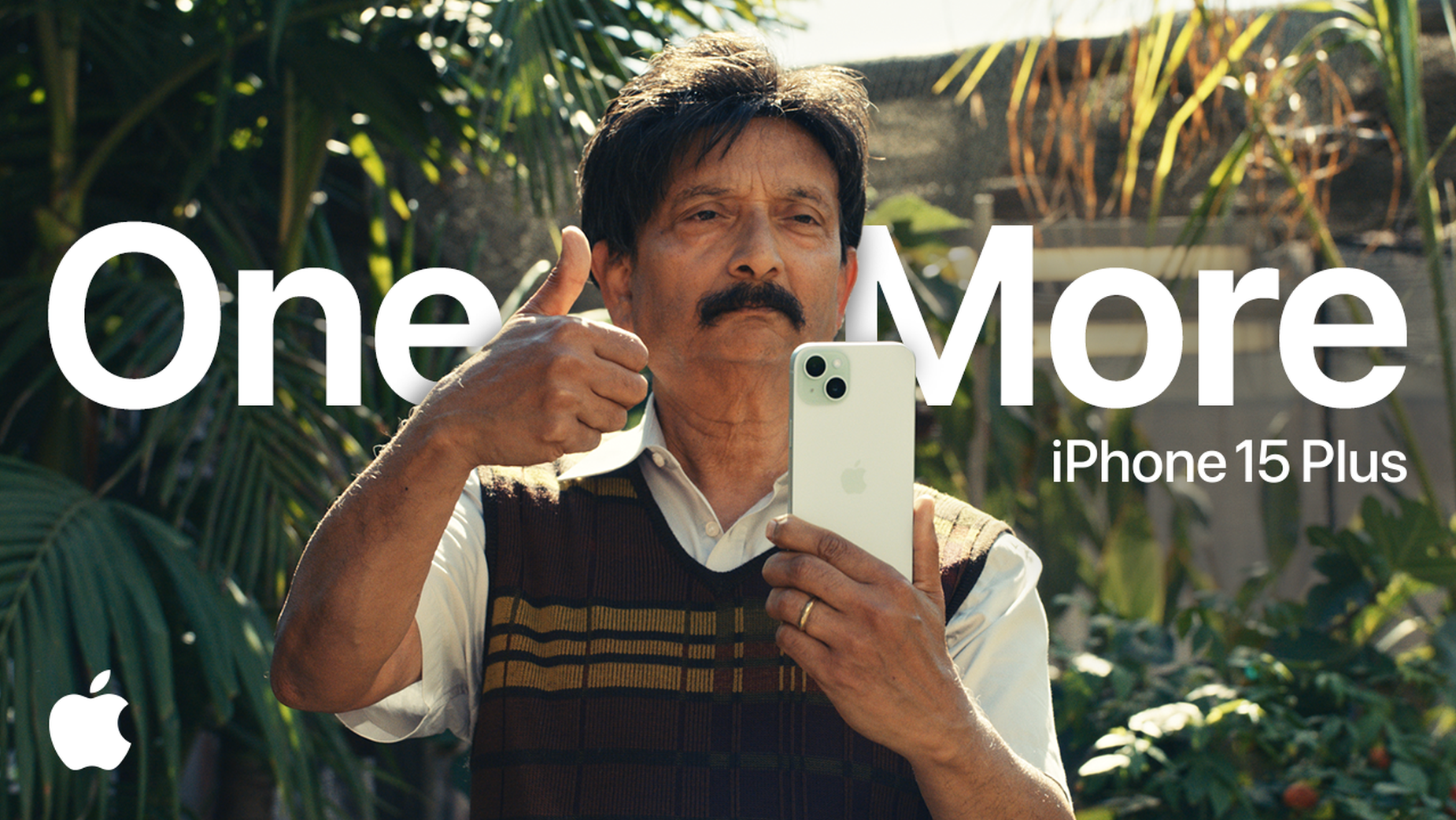Promises made. Promises kept.
How to develop, promote and deliver promises?
All is easy in the old world of goods. But view GOODS as tools or objects PROVIDING SERVICE, and your world fundamentally shifts to SERVICE provision. Suddenly, the rules of marketing, branding, and delivery change. To succeed, you must approach your business marketing activities with a deep understanding of the key characteristics of services — and how they reshape your promise to customers.
Mercedes-Benz EQE advertising in Malaysia
Why do service characteristics matter?
The characteristics of services add critical variables to the traditional marketing mix designed to market goods. Whether your business focuses on physical products or positions itself firmly in the service economy, integrating the characteristics of services into your communication plans is essential to align with the customer’s point of view. This shift in perspective is what enables brands to build trust and lasting relationships in today’s experience-driven markets.
Stay focused on the customer by expanding the marketing mix to account for variables resulting from the unique characteristics of services.
Dyson markets products as part of the promise of effortless living, healthier air, and cutting-edge technology that serves you.
The characteristics of services create distinct challenges — but also offer opportunities for differentiation and loyalty-building.
The four key characteristics of services
Intangibility
Services can not be seen, felt, tasted, or touched in the same manner as tangible goods. Thus:
Services are harder to evaluate before purchase, making trust, reputation, and brand promise critical.
Services cannot be easily patented, so new concepts are vulnerable to imitation by competitors.
Pricing and advertising become more complex, as value is harder to quantify and communicate.
Sonos Ace from a service perspective: The product enables immersive, customizable listening experiences anywhere you are.
Heterogeneity
No two clients or customers are precisely alike! Each has unique demands, prior history, or experiences the service in a unique way. This means:
Ensuring consistent quality is challenging across people, time, and settings.
Service outcomes depend on many variables, including customer participation, employee performance, and even interactions between customers.
Automation, technology, and robust quality control processes can help reduce variability — but at the risk of losing personalisation.
Peloton
Inseparability
Most services are sold first, and then produced and consumed simultaneously. Unlike goods, which are produced, stored, and then sold, services are delivered live. Hence:
Customers are part of the production process and can influence the service outcome, positively or negatively.
The quality of the customer experience depends heavily on real-time interactions between employees, technology, and customers.
Mass production and centralised operations are often impractical, though digital technologies (such as cloud platforms and AI tools) are helping overcome some of these barriers.
Apple’s “Relax, it’s iPhone” promise as per ad campaign in 2024
Perishability
Services can not be saved, stored, resold, or returned. This means:
Capacity and demand management become central to profitability. A missed hotel booking or empty airline seat represents lost revenue forever.
Businesses must excel at forecasting demand and creatively managing capacity, whether through dynamic pricing, reservations systems, or flexible staffing.
Recovery strategies are crucial. When a service fails (e.g., a bad haircut or missed appointment), businesses need processes to restore goodwill — because the service itself can’t be returned or resold.
Bolt
Promises Are at the Core of Service Success
Ultimately, business success in a service-driven world hinges on one thing: the PROMISES you make, and whether you deliver on them.
When creating the promise — through advertising, branding, sales, or customer communications — keep in mind the characteristics of services that impact your ability to fulfil it.
These characteristics aren’t new concepts, but they’re often overlooked when companies accustomed to goods marketing pivot toward services.
The challenge is clear: design external promises that can realistically be delivered through your internal capabilities, processes, and technologies. The Service Triangle model reminds us that success depends on:
External marketing (MAKING the PROMISE) — Communicating what customers can expect.
Internal marketing (ENABLING the PROMISE) — Preparing employees and technologies to deliver.
Interactive marketing (DELIVERING the PROMISE) — The critical moment where experience is shaped in real-time.
In the service economy, your promises aren’t just words. They are your product. And your ability to keep those promises is your COMPETITIVE ADVANTAGE.
Looking for practical frameworks or tools to align your promise system? Stay tuned for our upcoming posts on service blueprinting and promise management powered by AI.





